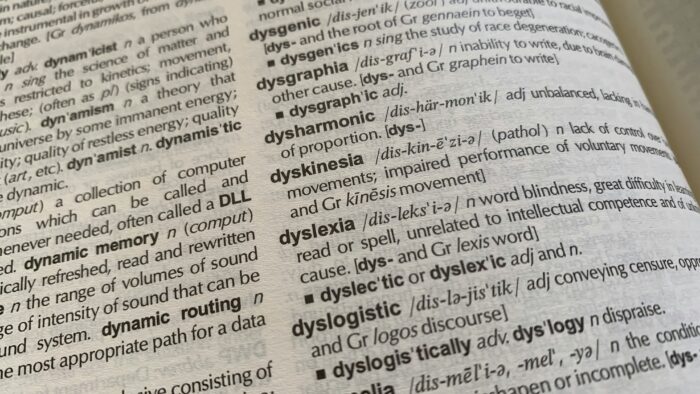As she writes in the Globe and Mail, Marion Gruner’s son, Isaac, was diagnosed with dysgraphia, an understudied neurological disorder. The doctors were only able to assure her that Isaac would be able to use a Chromebook in school – a technology fix that she was understandably upset about. She then explains how for years, school boards have made it their mission to integrate teaching and technology to combat learning challenges for students with special needs or students who are ESL learners.
The pandemic prompted a rapid shift towards online education. Students, teachers, and parents were left confused, stressed, and with very little learning actually happening. The desired integration was not as easy as may have been initially hoped. Technology often disregards neurodiversity, and there isn’t enough research on its effectiveness for unique learners. Children now risk being over-exposed to technology in and outside of school. This can lead to decreased attention spans, easier access to distractions which interfere with teaching and learning time, as well as concerns about access to students’ private and identifying personal data by educational technology providers. Chris Anderson, the former editor of Wired Magazine, says, “The digital divide was about access to technology, and now that everyone has access, the new digital divide is limiting access to technology.”

Photo by Rob Hobson on Unsplash.
Gruner further explained that teaching students handwriting skills has become almost obsolete, despite their well-studied positive effects on working memory and the ability to “plan, organize, revise and retrieve sophisticated vocabulary.” Handwriting has also been shown to improve learning outcomes. It was important for Gruner and her husband that Isaac focused on his motor skills to improve his handwriting as best he could. They invested in a developmental educator, and eventually Isaac significantly improved his handwriting.
Tags: dysgraphia, handwriting, learning, learning disabilities, neurodivergenceCategorised in: Uncategorized
This post was written by Hibah Sehar
